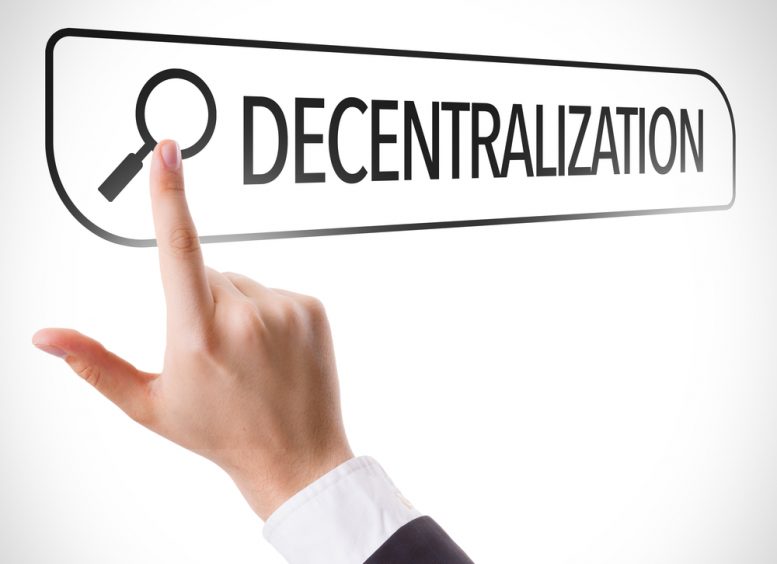The exaggerated fees involved in digital advertising turns out to be one of the biggest burdens that confront advertisers today.
This group of people spends a huge chunk of their budgets settling charges that have no direct influence on advertising. The current structure of the advertising ecosystem implies that companies have to go through intermediaries in the form of middlemen in other to reach potential consumers.
In this traditional setup, the middlemen are known to play a role that ensures that the distribution channel between the advertisers and the consumers is complete. Therefore, when it comes to digital advertising, it is big establishments like Google and Facebook who boast of enormous databases that function in this capacity. Advertisers offer their product in wholesale at given charges, while these intermediaries determine the websites and pages upon which the products are displayed.
Waste in Advertising Budget
The cost of sustaining this system has become a source of concern for a lot of advertisers who complain about non-correlating conversion rates when considering the amount that they spend to carry out advertising campaigns.
According to the CEO of Association of National Advertisers Inc. (ANA), Bob Liodice, only 25% of CMOs digital media investment reaches target audiences. This is something he describes as “an atrocity that represents more than $20 billion of marketing waste, inefficiency, and ineffectiveness.” This is only a part of the irregularities that currently exist within the digital ads industry.
Publishers, on the other hand, are confined to advertising models that are increasingly becoming more and more counterproductive. The use of banners and pop-ups have been identified as some of the factors that ruin the internet user experience. They are mostly distractive and intrusive in nature, thereby representing a source of irritation and discouragement to internet users. The advertisers themselves decry the amount of waste in the budget that they experience with digital advertising. For instance, Google found that more than 56% of ad impressions are never seen by customers, while Proxima estimates $37 billion of worldwide marketing budgets are being wasted on poor digital performance.
A Central Point of Failure
Apparently, the limiting factors mentioned above revolve around a central point of concentration.
At the heart of the current advertising network is the middlemen who appear to call all the shots within the industry.
These middlemen determine what fees are paid by advertisers, the amount of revenue earned by publishers, the advertising systems employed, and how internet users access the ads. This is too much concentration of power to expect a balanced system.
There have been allegations of fraud and insincere practices against these prosecutors of retail digital advertisements. Producers decry the unsatisfactory delivery of service in comparison to the investments that they make.
The introduction of a decentralized advertising ecosystem like Kind Ads and Brave can eliminate the need for these powerful middlemen that rake in obscene fees from Advertisers and Publishers.
Multiple Cost-Saving Procedures
Connecting producers directly to consumers, thereby eliminating any need for intermediaries is indeed a significant cost-cutting approach that has the potential of revolutionizing the digital ads network.
Rather than the traditional banners that litter publishing platforms and websites, or the intrusive pop-ups that irritate internet users, adopting the more convenient and acceptable approach of emails and push notifications may represent a perfect route to achieving the goal of a friendly internet.
The Kind Ads project is aimed at creating a more accommodating advertising system for consumers that will eventually improve conversion rates for ads producers who in this case, for the benefit of blockchain technology will be the advertisers themselves. Overall, this model introduces multiple cost-effective opportunities that include saving cost by paying no fees to intermediaries and generating more value through improved conversion rates as a result of a more receptive ads system.
In any case, with Kind Ads, no participant seems to be left out in terms of rewards and revenue generation. The tokenized system makes it possible for users to be able to specify exactly how their data will be used and be incentivized for allowing access via a tokenized rewards pool, while publishers can easily sell access to their subscribers directly to advertisers (no middlemen).
When it comes to Brave (Basic Attention Token’s designated browser) the focus was on a closed ecosystem where internet users reward publishers through micro-contributions directly. At the same time, because the browser is not ad-infested it loads quickly and has no spyware. In the case of Kind Ads, however, the protocol is set to be compatible with any browser that exists today for quick adoption.
Advertisers will also be able to find the publishers based on subscriber quality and run campaigns with confidence, as tokenized rewards pool is allocated daily to publishers, users and app partners.
Featured Image: DepositPhotos/ gustavofrazao








